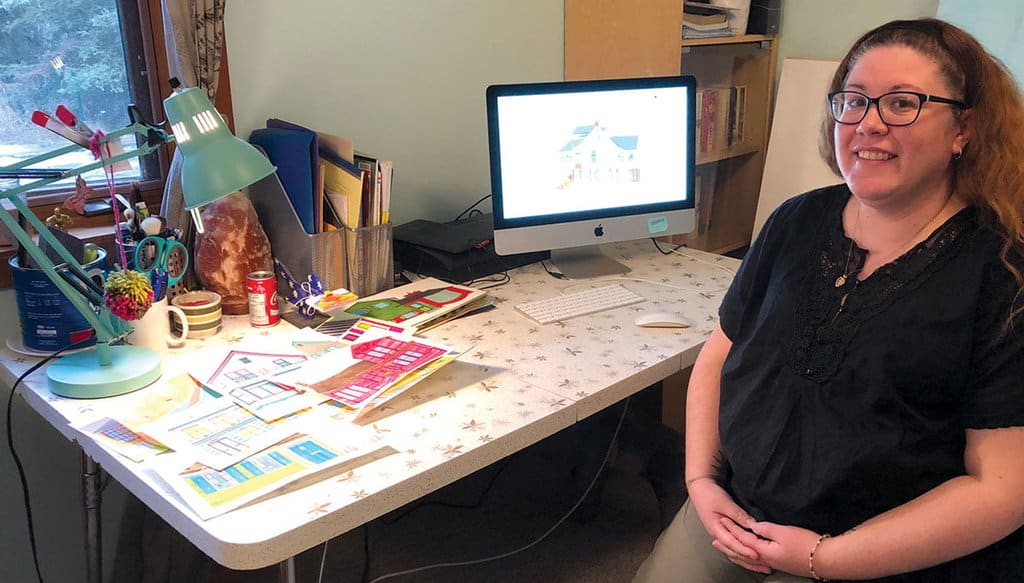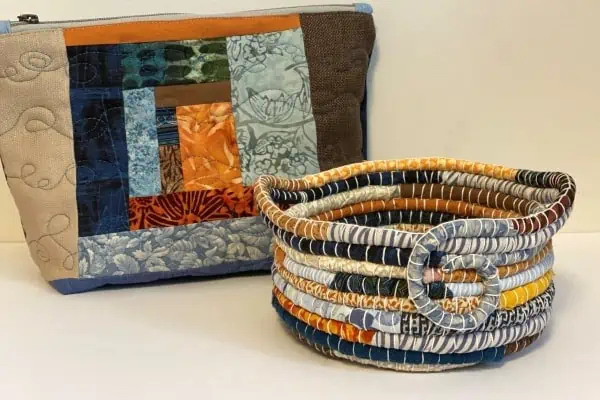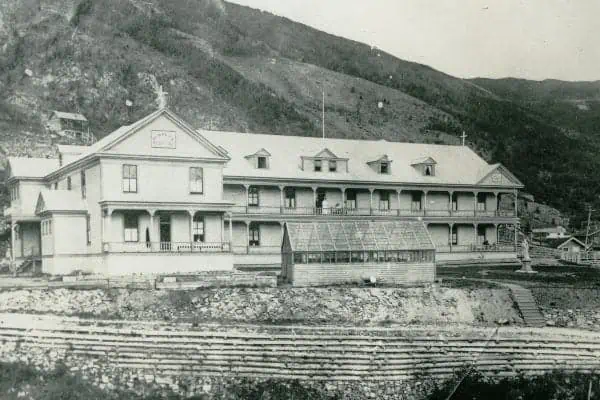Erin Dixon is interested in how other people live.
“I have been interested in other people’s houses, since I was a little kid,” she said. “Trick-or-treating was always my favourite because you got to go to other people’s houses and peek inside. Now, I love it when you drive down a dark street and everyone has their lights on and you can see into the windows.”
The homes she finds most interesting are not the fanciest, or most expensive. They’re the vintage, the eclectic and the historical houses of Whitehorse and Dawson City. It all started when Dixon visited a family friend who lives in a downtown historical home that was originally built for a White Pass employee in the early 1900s. It was built with wood from the sternwheelers that used to run the nearby Yukon River and includes special details such as a river stone fireplace. Dixon found it inspiring.
“It’s gorgeous on the inside. I looked around and I just wanted to paint it,” she said. “It opened up a can of worms.”
She started painting and was immediately hooked.
In 2018, Dixon challenged herself to create 30 drawings in 30 days. She draws the bones of the houses as they are—walls, roofs, windows, staircase—so they’re recognisable. But then she takes some artistic licence with the colours, transforming a faded yellow paint job to a vibrant daffodil hue, for example.
“A lot of the houses I paint are rundown and abandoned and I wanted to make them look like they were still lived in,” she said. “It’s a feeling I got from the houses. Sometimes when I was drawing them I knew what colour I was going to paint them.”
When Dixon paints, she likes to use every colour in the box, meaning that some homes, which are brown in real life, end up bright orange or fuchsia on her paper. Others end up checkered or striped.
“I don’t think enough people paint stripes on their houses,” she said with a laugh.
She had a show of her 30 images in the Community Gallery at the Yukon Arts Center in 2018. She has since shared them on social media, which has started countless conversations with delighted homeowners and people who remember the evolution of the houses.
“It was nice to be able to share that. Just to know that there is a history here,” she said. “I don’t have a lot of family and I grew up away from my grandparents, so it’s nice for me to hear other people’s stories. The Yukon has such a cool history and it’s amazing to hear about it from the people who remember it.”
Dixon moved to Whitehorse with her family in 1982, when she was just six years old. They drove up the Alaska Highway from Regina on what was then a rough road.
“Coming up that highway was one of the defining memories from my childhood—I was terrified,” she said. “I remember going through Steamboat and Pink Mountain, where there are cliffs up one side and down the other side and the road was mostly gravel.
“It’s a lot better now than it used to be, and we ended up driving that road lots when I was a kid, but I remember that first trip was just so scary.”
In 2017, she answered a call for artists and won the commission for the 75th anniversary of the Alaska Highway tourism banner. She ended up painting her memory of the highway.
“It’s how I remember what it was like travelling through the cliffs and what the mountains looked like to me when I was little.”
Now, having completed her historical homes series, Dixon is back to painting historical routes, such as the Alaska Highway and the Haines Highway. She’s planning to create a body of work of historical roads and put together a show of her large-scale acrylic paintings in the future. Dixon has also illustrated a couple of Yukon-themed colouring books—one features drawings of her 30 unique houses that people can colour themselves. She wants to help keep the historical legacy alive for the next generation.
“I wanted to capture a moment in time and maybe some of these places that I captured are not going to be there in 15 or 20 years,” she said. “I am happy that there are upgrades here—there are more opportunities for my kids than there were when I was a kid and that has to do with a bigger population, but the old-timey, small-town feeling is going away.
“I hope that that’s what people feel and remember when they look at my paintings.”





